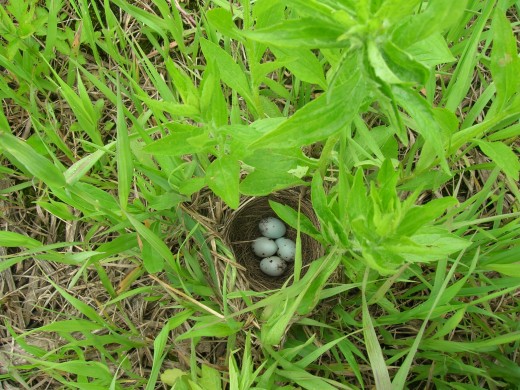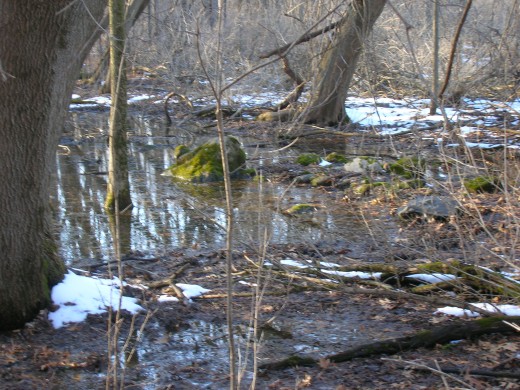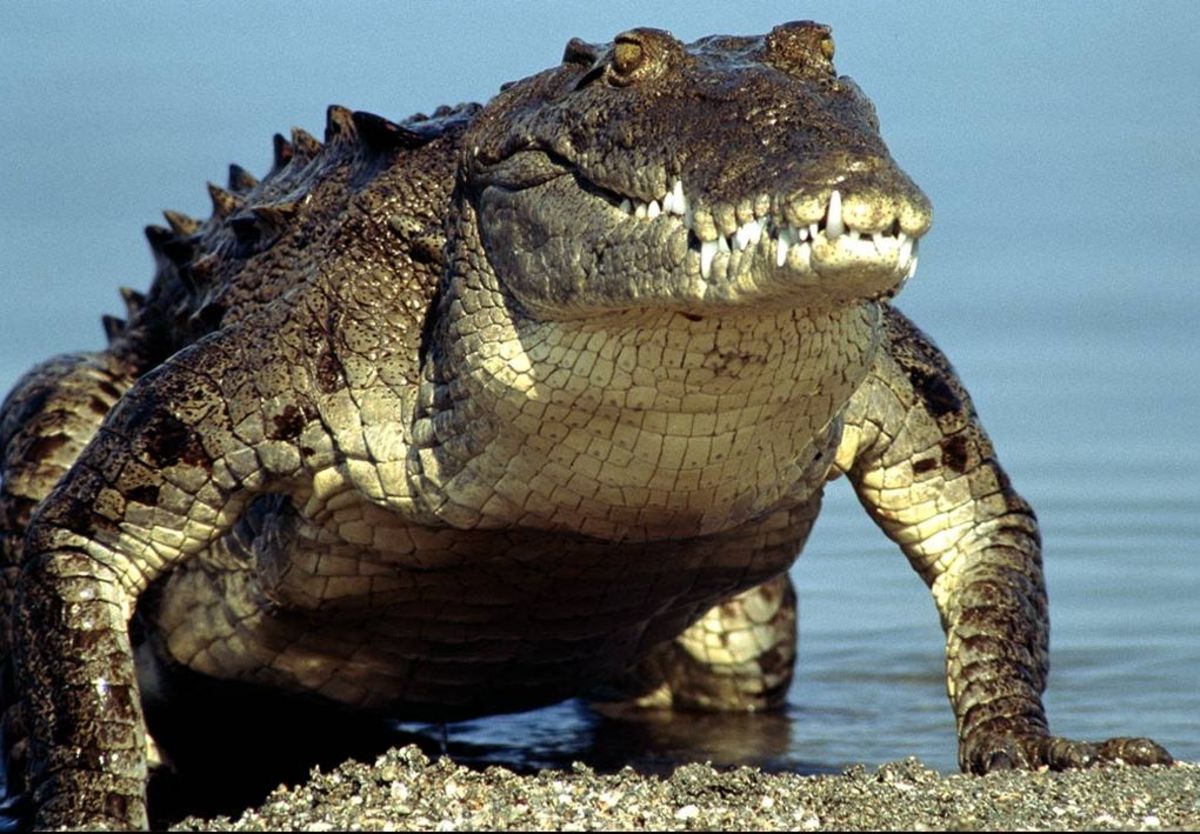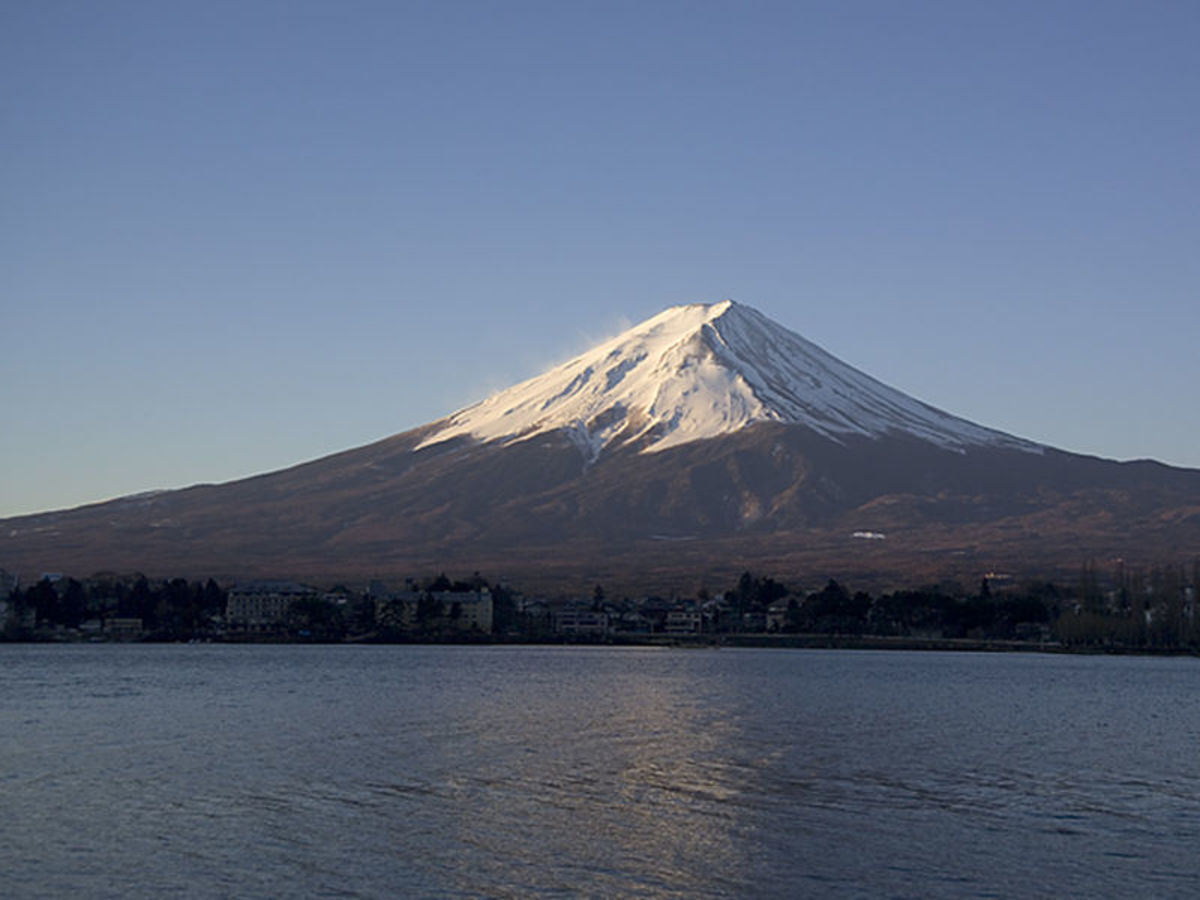Why Restoring and Protecting Wetlands Matters?


Mirna Santana
Freshwater wetlands are a type of ecosystem that occupy a small proportion of the earth environments. Wetlands are places where the soil remains saturated enough to support a vegetation adapted to wet/saturated soils.
These ecosystems though proportionally small in comparison to forest or other ecosystems are relevant in terms of ecosystem services such as water filtration, prevention of floods, habitat for wildlife, greenhouse gases regulation (both sink and release), and other biochemical processes. In economic terms, some of the oldest wetland sediments are now exploited for fuel.
Because we are dependent on water for survival--and because wetlands play a prevalent role in the water cycles (reservoirs) and filtration, at least in the US, wetlands have been protected under the Clean Water Act.
In the Midwest, the state of Wisconsin to give an example, has lost about half of its wetlands in the last century. Each year 100-400 acres of wetlands are lost. Most of these losses are the result of highway constructions says Tom Bernthal, a wetland expert working with the Wisconsin Department of Natural Resources (WDNR). Human demands for agricultural land and for development continue to impose strong pressures in wetland ecosystems. And this happens even though the laws suppose to protect them.
Urban sprawl also increases runoff and invasive species on wetlands.The modification of wetland habitats affects fisheries, filtration processes, and wildlife.
Pipelines have caused some of the greatest disturbances to wetlands. Only in Wisconsin, about a 1000 acres of wetlands had been affected in recent years. The Endbridge Pipeline route, which delivers crude oil from Alberta-Canada to Chicago has cause very large impacts. In addition, The Guardian Pipeline, which distributes gas to portions of south and central Wisconsin, also caused major impacts to wetlands. The Wisconsin Wetland Association (WWA) has been actively denouncing and promoting accountability of Pipelines enterprises, mostly seeking to reduce the impact of pipelines on waterways.
In the past, many wetlands were drained for agriculture and some were filled for developments. Today, most of the permits are for developments of big boxes and fast food says Laurie Taylor, writer and member of WWA. But WDNR officials say that only permits for ‘low quality wetlands’ are likely to be approved.
To protect wetlands both federal and state laws are in place. Wisconsin is a leading state in Wetland protection because its regulation includes isolated wetlands. A law that protects about one million acres of isolated wetlands passed in 2003. In 2007, however, a handful of Wisconsin senators try to made wetlands regulations more ‘business friendly’. They seek to make regulations more similar to those of Minnesota or Illinois. Opponents consider that a modification of the law will increase wetland losses and negative impacts.
Besides government officials, WWA is the most active player ensuring that regulations are applied, and that the least damage to wetlands is made during active developments. Its members also campaign and oversight projects and mitigations. This is because, violations to wetlands laws are common. Only in last 18 months WDNR officials found 325 violations including unauthorized fillings, permit violations and inappropriate mitigations.
Though I concentrate here mostly in Wisconsin wetlands, if you need to know about the state of global wetlands please contact Ramsar. For your local wetlands you may contact the Wetland Association--an ONG that lobby for wetland protection and regulation--and whose members enjoy the beauty of these habitats. Besides that within the US, the state (s) Department of Natural Resources--and at the EPA are involved in regulations related to wetlands.
- The Nature Conservancy in Wisconsin - Places We Protect
Places We Protect - National Audubon Society
The mission of the National Audubon Society is to conserve and restore natural ecosystems, focusing on birds and other wildlife for the benefit of humanity and the earth's biological diversity - Wisconsin Wetlands - Home
Wisconsin Wetlands Association, a non-profit organization, is dedicated to protecting, restoring and enjoying wetlands and associated ecosystems through science-based education, advocacy and action - Welcome to the Society of Wetland Scientists Website
© 2009 MSantana




